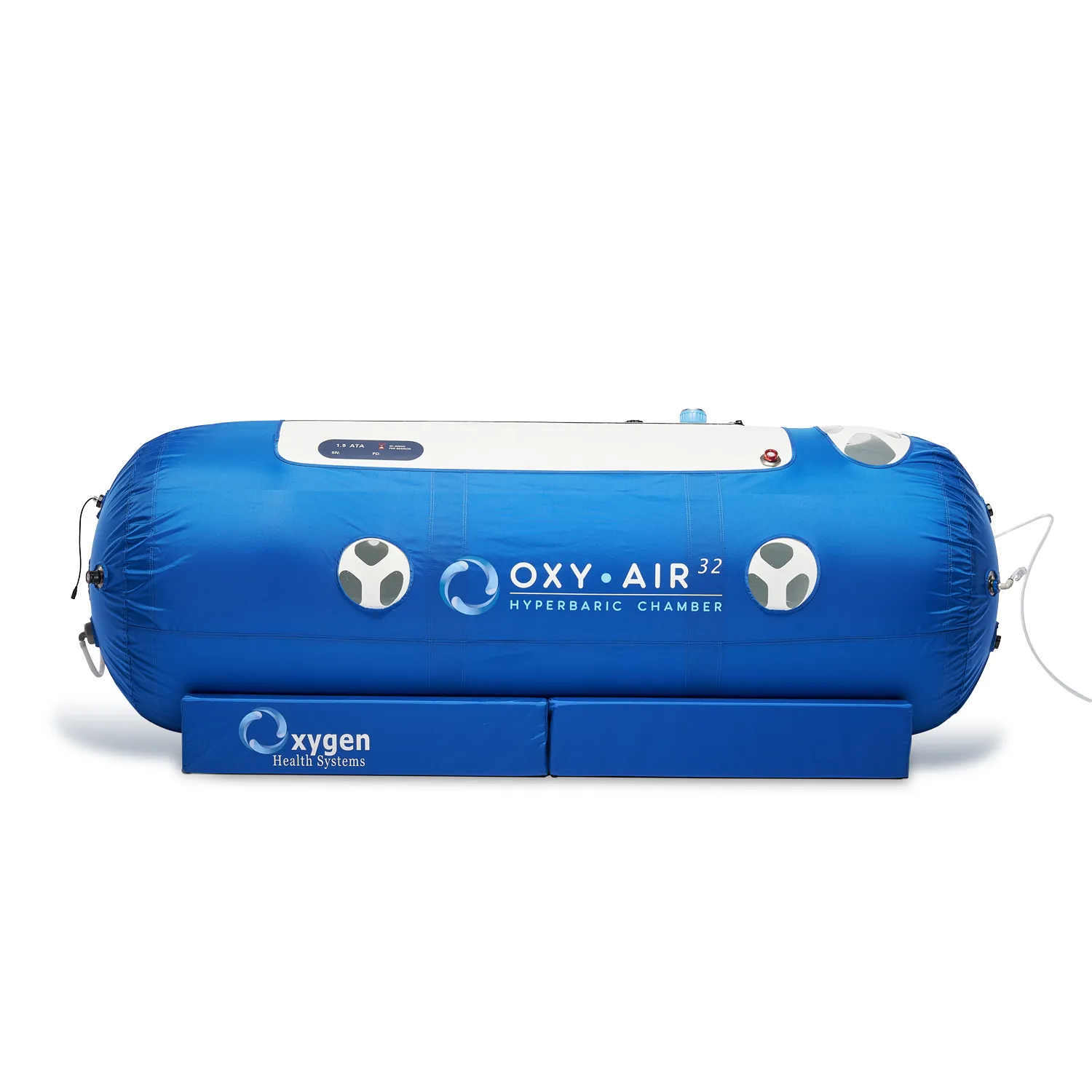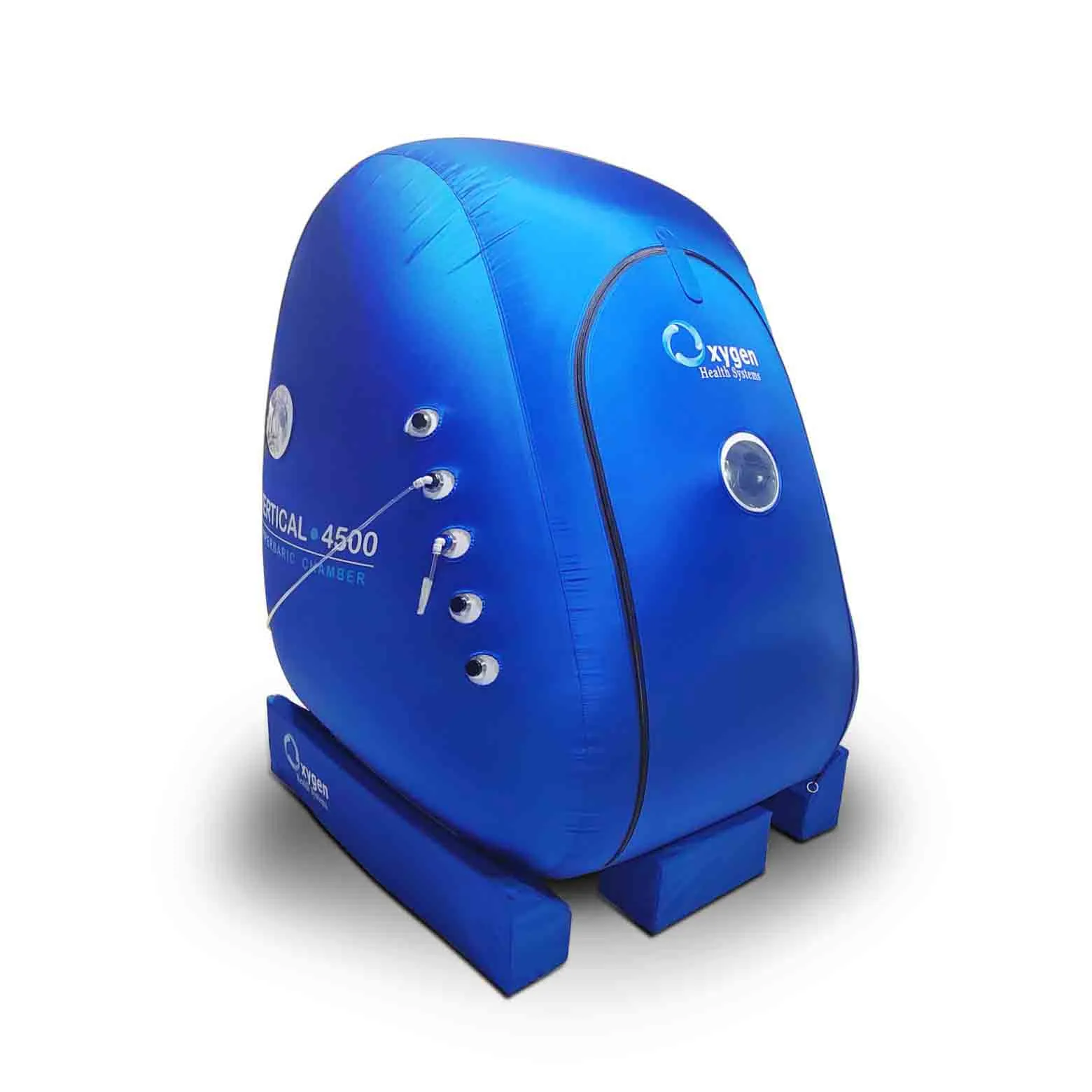Hyperbaric Oxygen Chambers
What To Expect During Hyperbaric Oxygen Therapy
Hyperbaric oxygen therapy (HBOT) is a medical treatment that involves breathing pure oxygen in a pressurized chamber. Medical professionals administer this therapy to treat various medical conditions by enhancing oxygen delivery to tissues, promoting healing, and reducing inflammation. Understanding what to expect during hyperbaric oxygen therapy can help patients feel more comfortable and prepared for their sessions.
Understanding What To Expect During Hyperbaric Oxygen Therapy
Hyperbaric oxygen therapy involves inhaling 100 percent oxygen in a controlled, pressurized environment. The increased atmospheric pressure in the chamber allows more oxygen to dissolve in the blood, enhancing oxygen delivery to tissues and promoting faster healing. HBOT treats a range of medical conditions, including non-healing wounds, carbon monoxide poisoning, and decompression sickness. This therapy can also support recovery from infections and improve overall well-being. The medical professional typically administers this treatment in a series of sessions, depending on the specific condition and treatment goals.
Pre-Treatment Consultation
Patients undergo a thorough consultation with their healthcare provider before starting HBOT. This consultation assesses the patient’s medical history, current condition, and treatment goals. The healthcare provider evaluates the suitability of HBOT and discusses potential benefits and risks. During the consultation, patients can ask questions and address any concerns. This step ensures that the provider tailors the treatment plan to the patient’s specific needs and fully informs the patient about the therapy process. A clear understanding of HBOT helps patients feel confident and prepared for their treatment journey.
Medical Evaluation and Screening
Medical professionals conduct a comprehensive medical evaluation before HBOT to ensure patient safety. This evaluation includes a physical examination, blood tests, and, in some cases, imaging studies. The screening process identifies any contraindications or potential risks associated with hyperbaric oxygen therapy. Conditions such as lung disorders, ear infections, and certain cardiovascular issues may affect a patient’s eligibility for HBOT. The healthcare provider uses this information to determine the appropriate treatment protocol and address any concerns. A thorough medical evaluation ensures that patients receive safe and effective care throughout their therapy.
Preparing for Your Session
Preparation for HBOT sessions involves several important steps. Patients must wear comfortable, loose-fitting clothing and avoid using perfumes, lotions, or cosmetics that could interfere with the treatment. They should remove all jewelry and electronic devices before entering the chamber. It’s also important to follow any specific dietary or medication instructions the healthcare provider recommends. Patients should communicate any concerns or questions to the therapy staff to ensure a comfortable experience. Proper preparation optimizes the treatment’s effectiveness and minimizes any potential discomfort.

Entering the Hyperbaric Chamber
Upon arrival at the HBOT facility, staff guide the patients into the hyperbaric chamber. Chambers can be monoplace, accommodating a single person, or multiplace, designed for multiple patients. Monoplace chambers are often transparent, allowing for visibility and communication with the treatment staff. Multiplace chambers may involve wearing a hood or mask to deliver oxygen. The staff seals the chamber, and the pressure gradually increases to the prescribed level. Patients may experience a sensation of fullness in the ears, like the feeling one experiences during an airplane ascent, which patients can relieve by swallowing or yawning.
Experiencing the Pressurization Process
The pressurization process is a key component of HBOT, as it enhances oxygen absorption in the body. As the chamber pressure increases, patients may feel a slight discomfort in their ears due to changes in pressure. Techniques such as swallowing, yawning, or gently blowing with the nose pinched can help equalize ear pressure. The pressurization phase typically lasts several minutes, after which the chamber reaches the therapeutic pressure level. Once the pressure stabilizes, patients can relax and breathe normally, allowing the high concentration of oxygen to support healing and recovery.

Breathing Pure Oxygen
During HBOT, patients breathe 100 percent oxygen, which is significantly higher than the 21 percent found in ambient air. This increased oxygen concentration enhances the delivery of oxygen to tissues, promoting cellular repair and reducing inflammation. Breathing pure oxygen in a pressurized environment accelerates healing processes and supports the body’s natural defense mechanisms. Patients typically remain in the chamber for 60 to 90 minutes, during which they can read, listen to music, or rest. The therapeutic benefits of breathing pure oxygen contribute to improved recovery and well-being.
Monitoring and Support
Throughout the HBOT session, trained healthcare professionals closely monitor the patients. Monitoring includes observing vital signs, oxygen levels, and patient comfort. The staff is also available to address any questions or concerns and provide support as needed. Communication systems within the chamber allow patients to interact with the therapy team at any time. This continuous monitoring ensures patient safety and enhances the treatment experience. The presence of experienced professionals provides reassurance and confidence, allowing patients to relax and focus on the healing benefits of the therapy.
Common Sensations and Experiences
Patients undergoing HBOT may experience various sensations and experiences during the treatment. Common sensations include a feeling of warmth, pressure in the ears, and slight fatigue following the session. Some patients report a sense of relaxation and improved clarity of mind. These sensations are typically mild and transient, resolving after the session ends. The therapy staff provides guidance on managing any discomfort and ensures that patients feel comfortable throughout the treatment. Understanding what to expect during HBOT helps patients prepare for and embrace the therapeutic experience.
Post-Treatment Care
After completing an HBOT session, patients may require a brief observation period to ensure they return to normal atmospheric pressure safely. It’s important to stay hydrated and follow any post-treatment instructions the healthcare provider recommends. Patients may resume normal activities but should be mindful of any fatigue or dizziness. Regular follow-up appointments allow the healthcare team to assess progress and adjust the treatment plan as needed. Post-treatment care supports optimal recovery and enhances the overall benefits of hyperbaric oxygen therapy.
Potential Side Effects
While HBOT is generally safe, some patients may experience mild side effects. Common side effects include ear discomfort, sinus pressure, and temporary changes in vision. These effects are usually short-lived and resolve on their own. Rarely, more serious complications such as lung injury or seizures can occur, especially in patients with pre-existing conditions. The healthcare team conducts thorough evaluations to minimize risks and ensure patient safety. Patients should promptly report any unusual symptoms to their healthcare provider. Understanding potential side effects helps patients make informed decisions about their treatment.
Vertical Hyperbaric Chamber
Vertical hyperbaric chambers offer a unique and innovative approach to hyperbaric oxygen therapy. Unlike traditional horizontal chambers, vertical chambers allow patients to stand or sit during treatment. This design may provide enhanced comfort and accessibility for certain patients, particularly those with mobility challenges. Vertical chambers maintain the same therapeutic benefits as traditional chambers, delivering high concentrations of oxygen in a pressurized environment. For those seeking advanced HBOT options, exploring vertical hyperbaric chambers can offer additional flexibility and comfort. In states such as Portland, Oregon, patients have access to various HBOT facilities and services tailored to their needs.
Now that you know what to expect during hyperbaric oxygen therapy, you can approach your treatment with confidence and understanding. Hyperbaric oxygen therapy provides a valuable tool for supporting recovery and promoting overall health.






